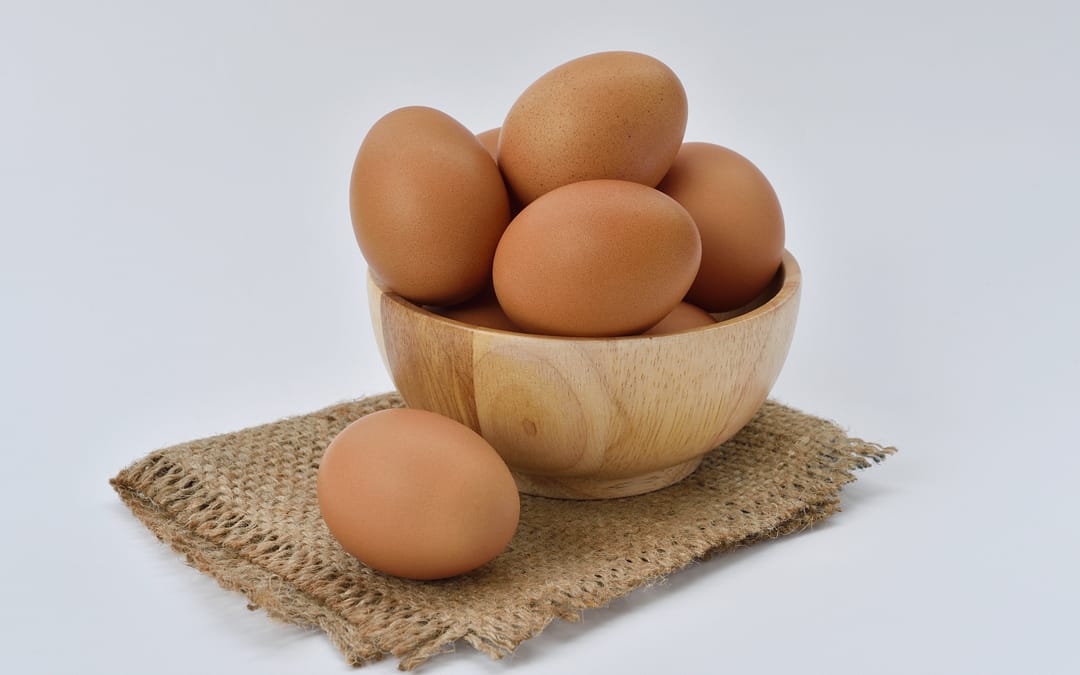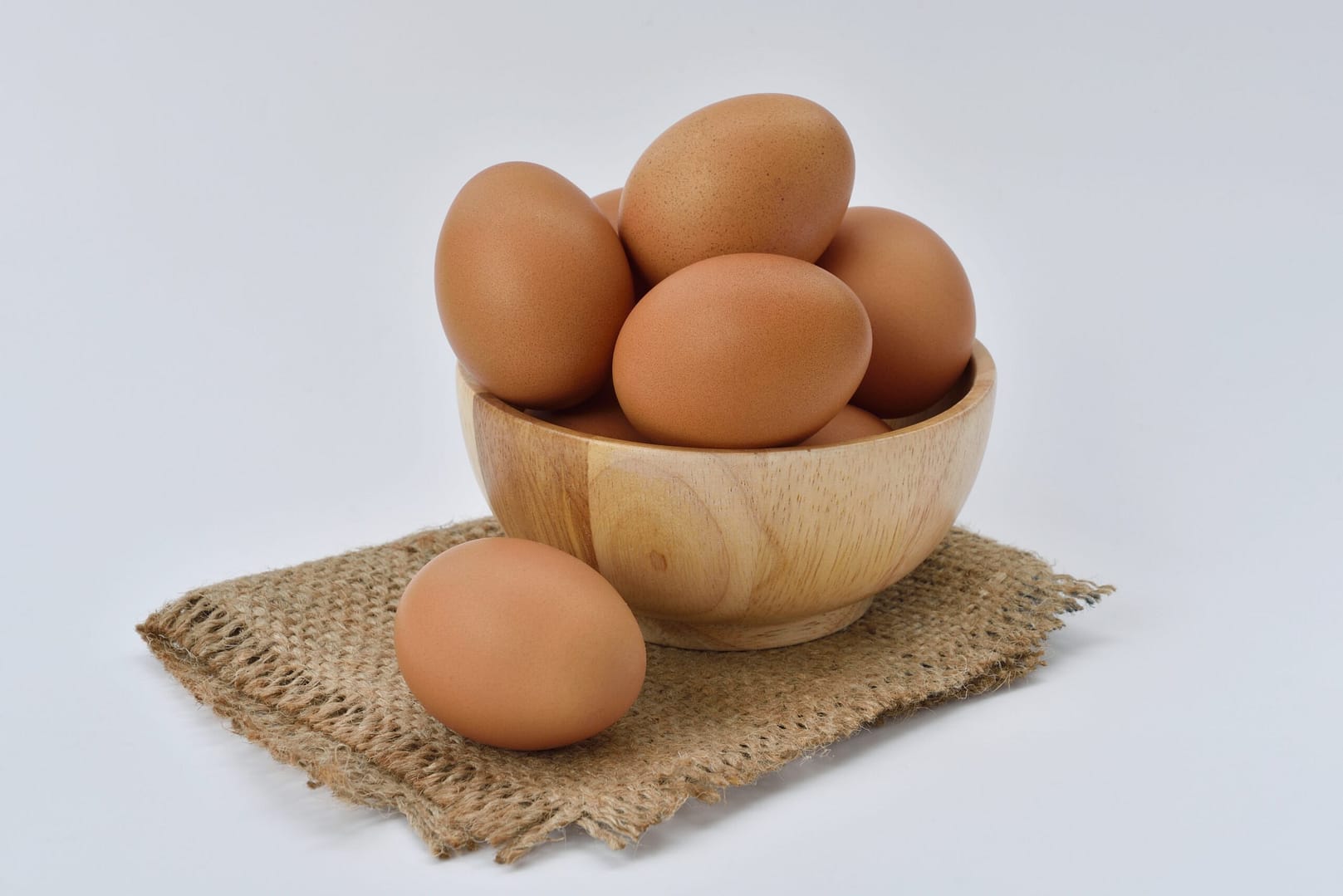Indeed, just like the ubiquitous car washes of the 21st century, there is no shortage of promises to make you clean … for a small fee of course. We have become much like Jeep drivers (the real ones anyway) – no fear of going of out mudding for a weekend. After all, we can just soap her up and spray her down Monday morning before work, and be good to go. But … is your body really as easy to clean as sheet metal and aluminum rims? Can a “body wash in a box” restore health and human function?
Now let’s explore the idea by revisiting how the amazingly designed human body operates:
We’ll start by asking, “what is the dirt?” You know, what exactly is the body trying to clean off or clean out?
There are 2 categories of “dirt:”
1) Internally originated
This includes stuff as common as carbon dioxide, lactic acid, and urea. These are created from normal processes, but must be removed from the body to maintain optimal function. Just try not breathing out for a bit, trying to push through the burn in a high-rep resistance training set, or eating a super-high protein diet for an extended period of time. You’ll notice that elevated levels of any of these 3 naturally-produced “leftover products” are not good. Sometimes the body’s natural response to abuse can become toxic itself: think LDL cholesterol, high blood pressure, chronic inflammation, and elevated fasting glucose.
2) Externally originated
This includes things like carbon monoxide from vehicle exhausts, 2nd-hand smoke from cigarettes, mercury from tooth fillings, alcohol from all those fun drinks, over the counter drugs from your corner store, prescription drugs from your doctor, chlorine from your shower, fluoride from your faucet or fridge, or any of the chemicals inserted into our food that our bodies don’t recognize as food. Just like prolonged elevation of internally originated toxins, prolonged elevation of these externally toxins can kill you. Of course, some will kill you faster than others.
All that can sound pretty scary, and it is.
Here’s the good news: your body has ways of dealing with these things.
Your circulatory system has a buffering system that combines with your lungs and kidneys to keep your blood pH in an acceptable range, for example. Your lymphatic system functions like tiny trashcans all over your body to hold harmful substances away from other systems. Your colon works hard to eliminate the remnants of food digestion, and even takes out old blood cells with it. And your liver acts like a fuel filter and converter to process a wide variety of substances. Even your skin excretes waste and residue in attempt to keep you insides working cleanly.
So what’s the problem? If our bodies have us covered, what are we worried about? It can handle anything we throw at it, right? Ha! If that was the case, no one would be dying of lung cancer, lymphoma, heart attack, diabetes, stroke, bacterial and viral infections, sepsis, cirrhosis, kidney failure, etc.
The reality is that the cleansing organs and systems of our body can easily become overloaded and overworked – at which point, just like us busy professionals, it simply can’t things clean, organized, and running smoothly any longer. You may have an acute reaction like a fever, rash, congestion, a cough, diarrhea, or vomiting. Or you may get lucky (?) and endure the more pleasant (?) chronic effects of weight gain, indigestion, joint pain, headaches, inflammation, and fatigue.
So how do we deal this? The same way you would deal with yourself, your children, or your employees when they become overloaded and break down. You have 3 options:
1) Reduce what you are asking them to do so they don’t self destruct
2) Strengthen and support them so they can work more efficiently
3) All of the above
There is a best answer among those choices, and you picked number 3, you aced the test.
Now how do we take your academic prowess and apply it to the real world – your real body.
A) Reduce the potential for internally originated toxic overload by systemically challenging and improving your buffering systems. This is largely accomplished through exercise. Aerobic exercise will improve the oxygen carrying capacity of your lungs and the oxygen delivering capacity of your blood. Resistance (weight) training will improve your muscles’ ability to buffer lactic acid and deal with stress. Regular protein consumption (not excessive – i.e. more than your goal lean body mass) will improve your body’s ability to handle urea. The combination of all three will help balance blood glucose and bodyweight, reducing hdl cholesterol, triglycerides, and blood pressure. The benefits are endless.
B) Reduce the potential for externally originated toxic overload by by eliminating, decreasing, or avoiding known toxins. Don’t smoke, don’t drink (or barely drink), purify your water, eat natural foods, avoid lab-produced chemicals like aspartame, sucralose, dyes, artificial flavors and colors. Don’t eat foods that contain aluminum. Don’t get fillings that contain mercury. Don’t warm, eat, or drink from soft plastics. Avoid lab-produced genetically modified “frankenfoods.” Educate yourself on the science – not just from the manufacturers that make or dispose of such poisons and the FDA that gets paid to approve it or the CDC that gets lobbied to excuse it … but from independent research and analysis.
C) Ensure the health and operation of vital cleaning organs by providing the nutrients and balance they need. This means providing water, fiber, and probiotics to your intestines, as well as vitamins so they can make enzymes and properly absorb foods. It means providing a lot of oxygen to your lungs and limiting foods like dairy that can cause congestion and restrict airflow. It means providing your skin with moisture with good fats and oils, while protecting its acid mantle from pH disrupting soaps or abrasive chemicals and materials. It means providing plenty of greens like kale to assist and nourish the liver, while limiting saturated fats and refined sugars that can slow its more important work. And of course, a large supply of antioxidants from fruits and vegetables reduces free radical damage and makes pretty much everything easier for the body, with less mess.
As you can see, keeping your body “clean” requires ongoing effort and attention – each and every day. A weekly, monthly, quarterly, or annual “cleanse” will be severely limited in its effectiveness versus constant care. In some cases, these supplements can cause more harm than good. Think about it. How do you think the average consumer rates the effectiveness of a colon cleanse? Yep. If they spend all day or all week in the bathroom, they consider it a good purchase. So what do you think the supplement manufacturer wants to ensure? Yep. So as you might imagine, laxatives, natural or not, become the staple ingredient – more important than fiber, antioxidants, vitamins, minerals, probiotics, and good fats. It’s the old “proprietary blend” trick. Put minuscule, non-therapeutic doses of a bunch of healthy sounding stuff to make your ingredient list look long and awesome, while including your basic secret weapon – a laxative. Watch the money roll in with profits north of 80% and word of mouth, or stall to stall marketing.
Now what am I saying? Are all cleansing supplements worthless? Not at all. Some may be helpful to at least stimulate your cleansing organs, even if they can’t provide all they need. They will provide SOME of the necessary nutrients to start or support cleansing processes. But … it would be much better to limit the stress you put them through by limiting your personal exposure to toxins. It would better to ensure that each and every day, you are getting the adequate fiber, water, sleep, exercise, vitamins, minerals, oils, and antioxidants that your organs need to properly do their job than to try to abrasively scrape, brush, or power hose them once a year. Finally, if you ARE going to use supplements to cleanse yourself, it would be better to use actual therapeutic doses of separate healthy supplements like a natural multi, an omega-3, a psyllium fiber, a standardized milk thistle, an organic greens powder, and a grape seed extract vs a “proprietary laxative in feel-clean box.”
So if you have the desire to “cleanse” yourself, I don’t mean to make you feel bad. In fact, you should pat yourself on the back. You are already ahead of most the population, in that you actually care about your body and its function! But … clean your system the right way. And most importantly, STAY clean (and thereby healthy and strong) by adopting the ongoing habits mentioned above.







































